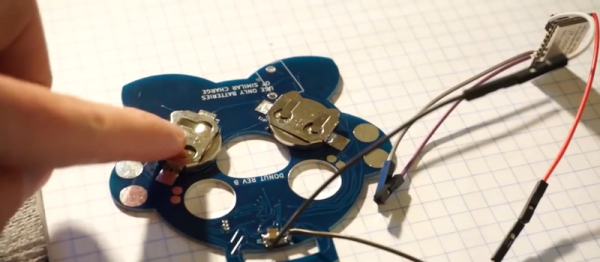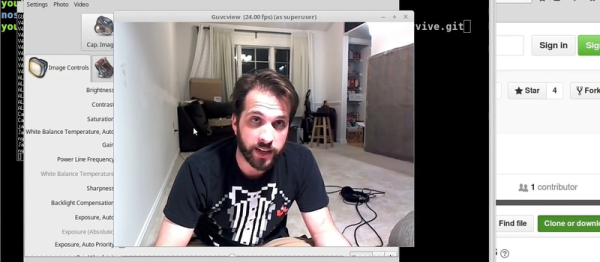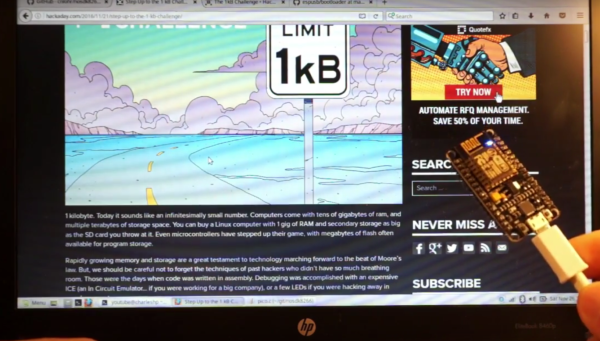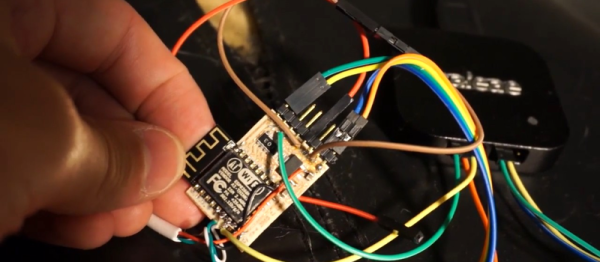[CNLohr] has been tinkering with some fun parts of late. He’d found out that ordinary LCD screens could be used as simple touch sensors, and he had to try it for himself. He ended up building a little doohickey that combined USB C, an LCD display, and a touch interface, all for under a buck. You can check out the video below.
The key to this build was the CH32V003 CPU. It’s a RISC-V microcontroller that runs at a healthy 48 MHz, and it costs just 10 cents in reasonable quantities. A PCB etched to mate with a USB C cable eliminates the need for a connector.
[CNLohr] then gave the board a three-digit 7-segment LCD display from Aliexpress, which can be had for around 21 cents if you buy 100 or more. He then figured out how to drive the LCDs with a nifty trick that let the microcontroller use the display as a crude touch sensor. All in all, the total bill of materials for one of these things comes out somewhere under a dollar in quantity.
It’s mostly a random assemblage of tech glued together for a demo, but it’s a fun project. It’s worth checking out even if it’s just to learn how to create an integral USB C port on your own PCBs. The way it’s achieved with the etched contacts and milled-out tabs is pure elegance. Files are on Github for the curious.
We’ve featured a ton of [CNLohr’s] work over the years; the clear keytar was a glowing highlight, as were his early discoveries in the depths of the ESP8266.
Continue reading “An LCD, Touch Sensor, USB-C, And A Microcontroller For A Buck”


















